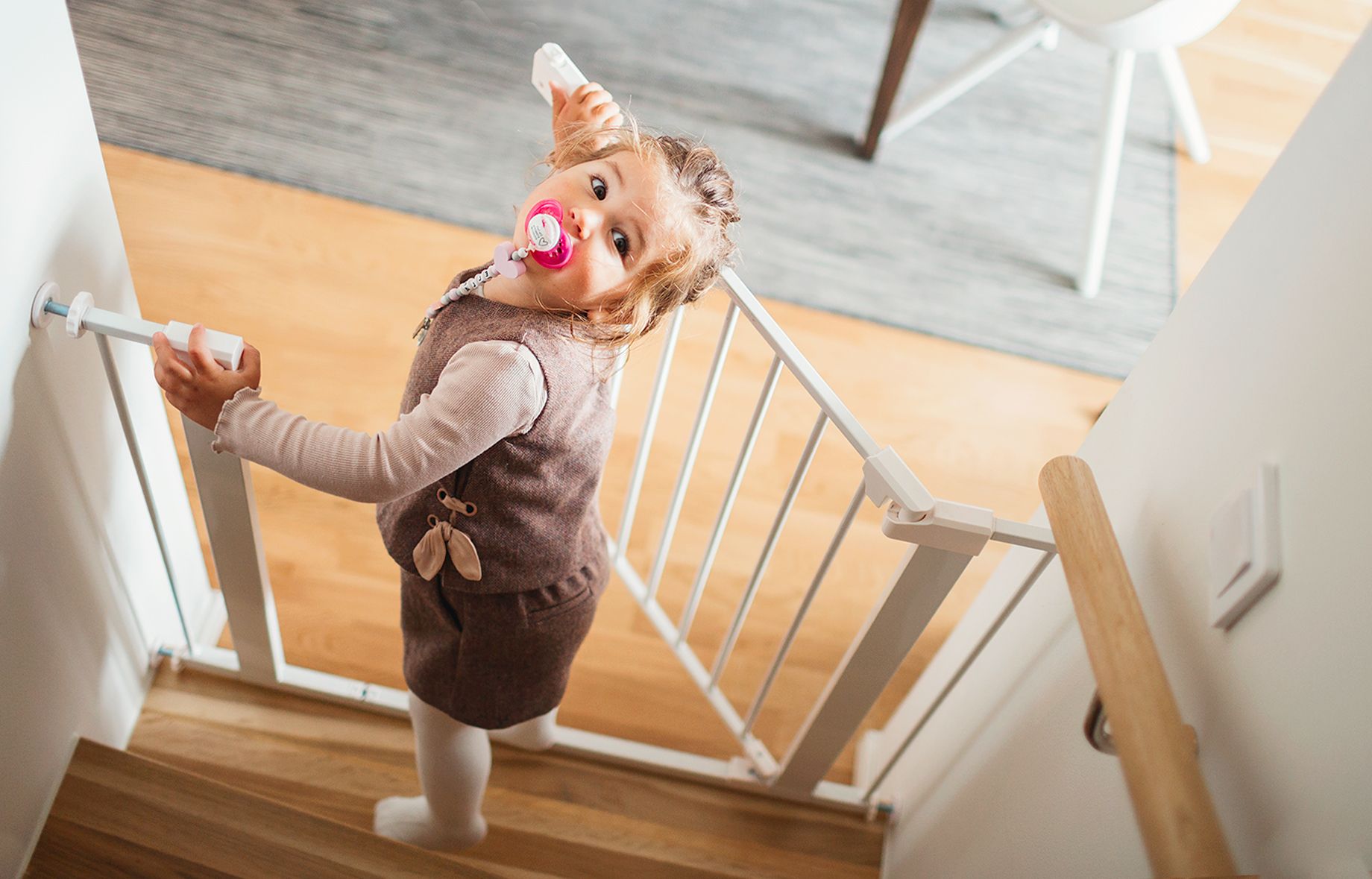
Introduction:
The safety and well-being of your precious little one are of paramount importance. As a parent, ensuring your baby’s safety is a top priority. In this article, we’ll explore various aspects of baby safety, covering everything from creating a safe home environment to safe sleep practices, childproofing, and more.
1. Creating a Safe Haven at Home

- Safe Sleep Practices: The ABCs of safe sleep – Alone, on their Back, in a Crib.
- Nursery Safety: Tips for a baby-safe nursery, from crib to changing table.
- Childproofing: Baby-proofing your home to prevent accidents.
2. Safe Sleep for Babies
- Choosing the Right Crib: Key features to consider when selecting a crib.
- Baby Bedding: Safe bedding choices to reduce the risk of Sudden Infant Death Syndrome (SIDS).
- Room Sharing: Benefits of sharing a room without bed sharing.
3. Car Seat Safety
- Selecting the Right Car Seat: Guidelines for choosing an age-appropriate car seat.
- Proper Installation: Ensuring your car seat is correctly installed.
- Rear-Facing Seats: The importance of keeping your child rear-facing for as long as possible.
4. Baby-Proofing Your Home
- Kitchen Safety: Tips for securing cabinets and appliances.
- Living Room and Play Areas: Childproofing common areas of your home.
- Bathroom Safety: Making the bathroom a safer place for your child.
5. Child Safety Gates and Locks
- Using Safety Gates: Where and how to use safety gates in your home.
- Cabinet Locks and Latches: Preventing access to potentially dangerous items.
6. Poison Prevention

- Common Household Poisons: Identifying potential hazards.
- Safe Storage: Safeguarding harmful substances out of reach.
- What to Do in Case of Poisoning: Quick action steps in case of ingestion.
7. Baby-Proofing Outdoors
- Safe Play Spaces: Creating secure outdoor play areas.
- Swimming Pool Safety: Tips for pool safety and swimming lessons.
8. Toy Safety
- Age-Appropriate Toys: Choosing toys suitable for your child’s age.
- Toy Maintenance: Keeping toys clean and in good condition.
- Choking Hazards: Identifying and avoiding choking hazards.

9. Baby Safety on the Go
- Babywearing Safety: Using carriers and slings safely.
- Stroller Safety: Ensuring your stroller is safe for your baby.
10. Online Safety for Parents
- Internet Safety: Protecting your child’s privacy online.
- Parental Controls: How to implement digital safety measures.
Conclusion: Your Baby’s Safety Matters Most
Ensuring the safety of your baby is a continuous process that evolves as your child grows and becomes more curious. By staying informed and proactive, you can create a secure environment for your little one to explore, learn, and thrive while providing you with peace of mind as a parent.